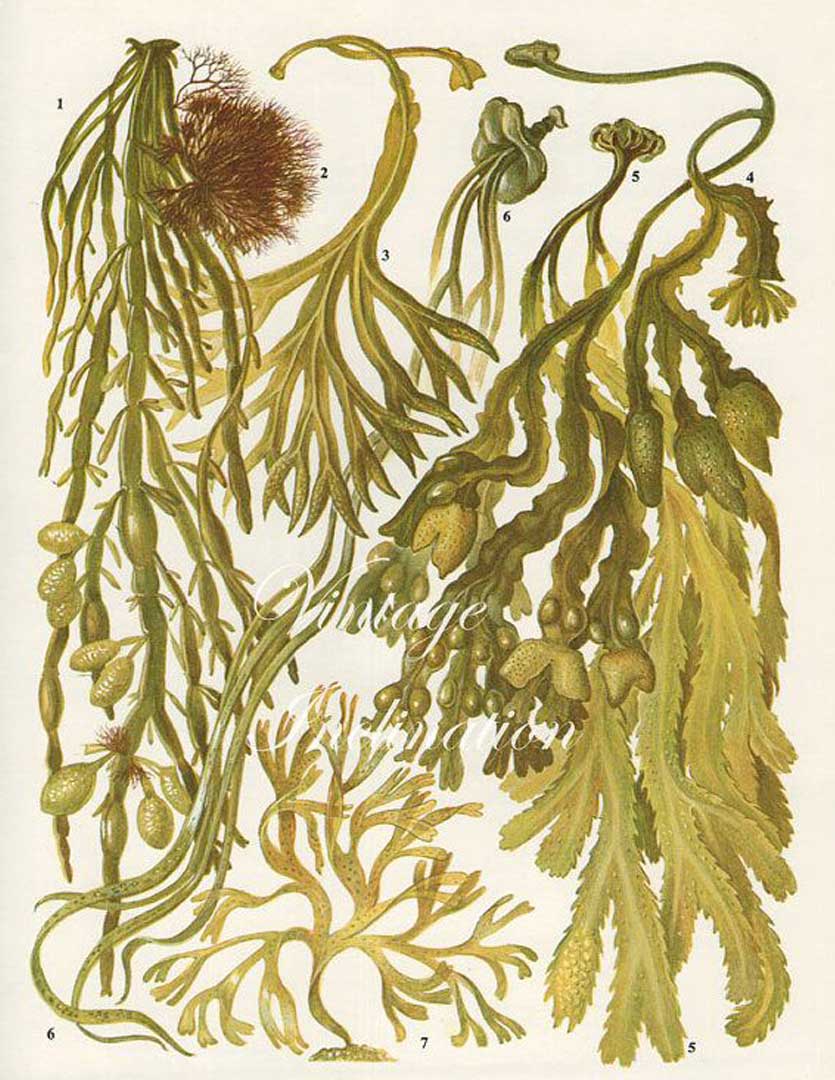Kelp
Laminaria

Family: Laminariaceae
Which probiotic is it in?: Kelp is a key herb in Sustain
Habit and cultivation: Native to the north east coasts of the Pacific but now grows over much of China, Korea and Japan’s coast lines. Lives for 2 years (over 2 winters) and will rot if sea temperature is higher than 23 degrees. Grows in underwater forests.
Actions (known for): Anti-viral, acne and immunostimulant.
History of Kelp
Parts used from the Kelp
Whole algae.
Constituents (bio available chemicals):
Methane, ethanol, alginic acid and indocarbons.
Nutritional constituents:
Vitamins: A, B12 and C. Minerals: iodine, calcium, magnesium and sodium.
Indications:
Hypertension, reducing cholesterol, metabolic syndrome and oestrogen balancer.
Dosage:
4-12g daily for up to 2 months.
British Herbal Pharmacopoeia
Cautions for therapeutic doses
Can cause gastric upset.




